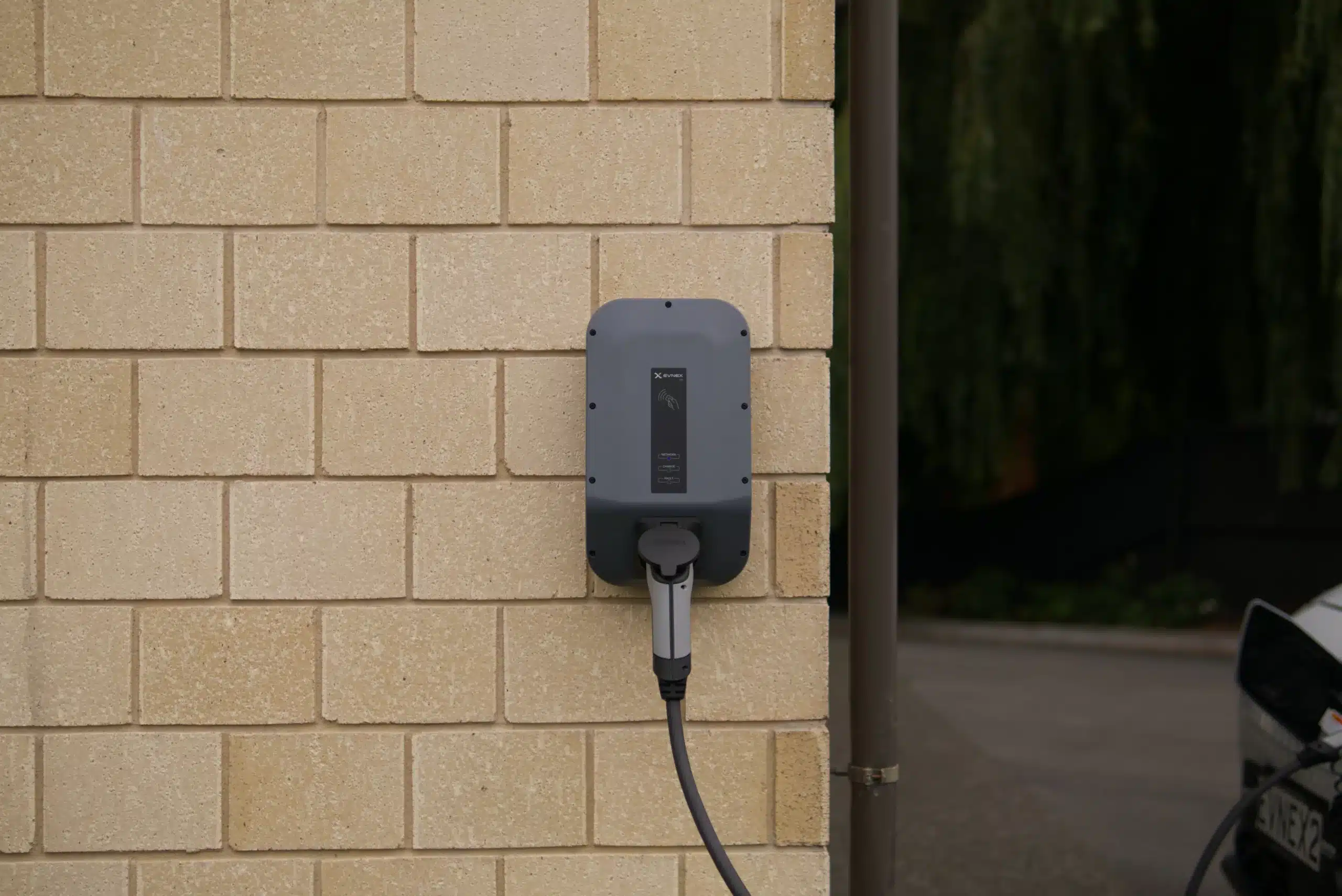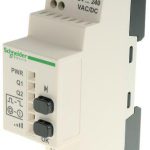
Introduction
The adoption of electric vehicles (EVs) has gained momentum in recent years, offering a cleaner and more sustainable alternative to traditional gasoline-powered vehicles. While individual consumers are increasingly adopting EVs, another significant shift is occurring in the commercial sector–the adoption of electric fleets. Electric fleets, including electric cars, vans, trucks, and even buses, are becoming attractive options for firms aiming to reduce their carbon footprint and operating costs. However, a robust and scalable EV charging infrastructure is essential to support electric fleets’ growth.
This article elucidates the crucial factors for designing EV charging infrastructure for EV fleets, exploring their importance, opportunities, and potential solutions for a sustainable future.
EV Charging Infrastructure and Electric Fleets: A Brief Overview
EV Charging Infrastructure refers to the network of charging stations and associated equipment designed to support EV charging. This infrastructure is of great significance for the widespread adoption of EVs–providing EV owners with a way to recharge their vehicles. The infrastructure consists of multiple components, including charging stations, suitable EV charger designs, locations, accessibility, etc.
Electric Fleets refer to a collection of vehicles used by an organisation or business that run on electricity rather than traditional internal combustion engines (ICE). These fleets can comprise a variety of vehicle types, such as cars, vans, trucks, and even buses, providing unprecedented benefits to users, enterprises, and environments.
The Rise of Electric Fleets: Exploring the Critical Advantages
Electric fleets are becoming increasingly popular across various industries, including delivery services, public transportation, and corporate fleets. There are several reasons driving this shift, such as:
- Environmental Benefits: Electric vehicles are eco-friendly choices, producing zero tailpipe emissions. Due to the profound environmental benefits of EVs, companies are recognising the importance of sustainability. They are choosing electric fleets due to their reduced carbon footprint and compliance with stricter emissions regulations.
- Energy Efficiency: Electric fleets are more energy-efficient than traditional vehicles, translating into potential reduced energy consumption for fleet operators.
- Lower Operating Costs: EVs have lower operating costs than gasoline or diesel-powered vehicles. EVs are also economical as electricity is generally cheaper than gasoline, and EVs require less maintenance due to fewer moving parts.
- Government Incentives: Many governments worldwide offer incentives and subsidies for the enhanced adoption of electric vehicles. These measures can significantly reduce the upfront costs of purchasing electric fleet vehicles.
- Improved Technology: Battery technology advancements have led to longer driving ranges and faster charging times, making EVs more practical for fleet operations.
Understanding the Significance of EV Charging Infrastructure
To successfully transition to electric fleets, businesses must invest in a well-designed and comprehensive EV charging infrastructure. Here are some key reasons why this infrastructure is crucial:
- Downtime Reduction – For fleet operators, downtime equals lost revenue. Traditional refuelling is quick, but charging an electric vehicle takes longer. Therefore, having a reliable and efficient charging infrastructure is crucial to minimise downtime. Fast-charging stations and smart scheduling systems can help optimise vehicle utilisation and reduce downtime.
- Scalability – As businesses expand their electric fleets, the charging infrastructure must be scalable to accommodate the growing number of vehicles. Scalability ensures the charging system can handle increased demand without significant upgrades or replacements.
- Cost Savings – A comprehensive EV charging infrastructure can lead to significant cost savings over time. EVs are already cost-effective to operate, but when combined with smart charging systems, businesses can benefit from off-peak electricity rates, demand response programs, and other cost-saving measures.
- Employee Productivity – Fleet drivers need access to reliable charging infrastructure to complete their routes on schedule. A well-designed charging network minimises downtime, improves driver satisfaction, and enhances overall productivity.
- Future-Proofing – The EV industry is rapidly evolving, bringing new technologies and emerging standards. Investing in a flexible charging infrastructure adapting to future developments ensures businesses remain competitive and up-to-date with the latest advancements.
Designing an Effective EV Charging Infrastructure: Crucial Factors to Consider
To design an effective EV charging infrastructure for electric fleets, businesses should consider the following factors:
- Location: Strategic placement of charging stations is key. High-traffic areas, depots, and major transportation routes should be prioritised to address range anxiety and keep the vehicles operational. Determine the optimal locations for charging stations based on fleet routes, accessibility, and proximity to power sources.
- Charging Speed: Choose the right EV charger design and level of charging speed for the fleet’s needs. Level 2 chargers are suitable for overnight charging, while DC fast chargers provide rapid charging for quick turnarounds. Investing in fast and ultra-fast charging technology can significantly charge vehicles quickly, allowing them to return to service faster.
- Scalability: Plan for future growth by selecting a charging infrastructure that can easily expand to accommodate more vehicles.
- Smart Charging: Implement smart charging solutions allowing remote monitoring, scheduling, and energy management to maximise efficiency and cost savings.
- Energy Source: Consider the power source for charging stations, whether from the grid, on-site renewable energy, or a combination of both.
- Maintenance and Support: Establish a maintenance plan to ensure charging stations remain operational and support drivers in case of issues.
Final Thoughts
Adopting electric fleets is a significant step toward a more sustainable and cost-effective business future. However, to fully realise the benefits of electric fleets, a well-planned and scalable EV charging infrastructure is essential. By adapting and investing in the right and smart charging solutions, electric fleet businesses can reduce operating costs, meet environmental goals, and position themselves for success in the rapidly evolving world of electric mobility.





















